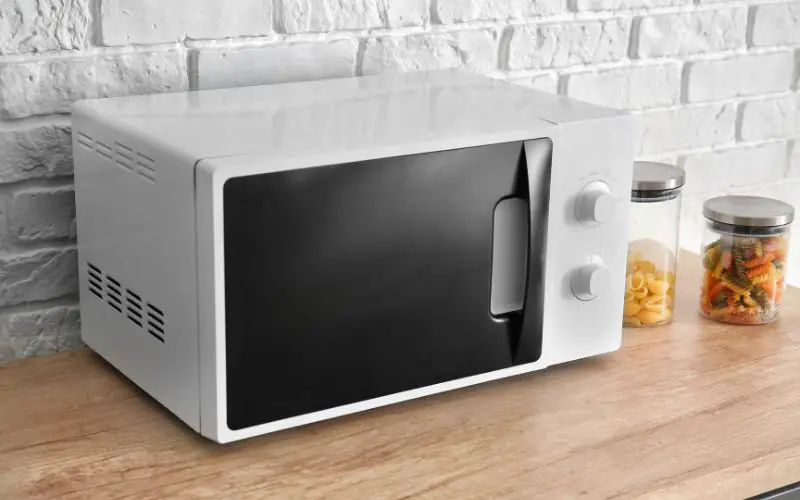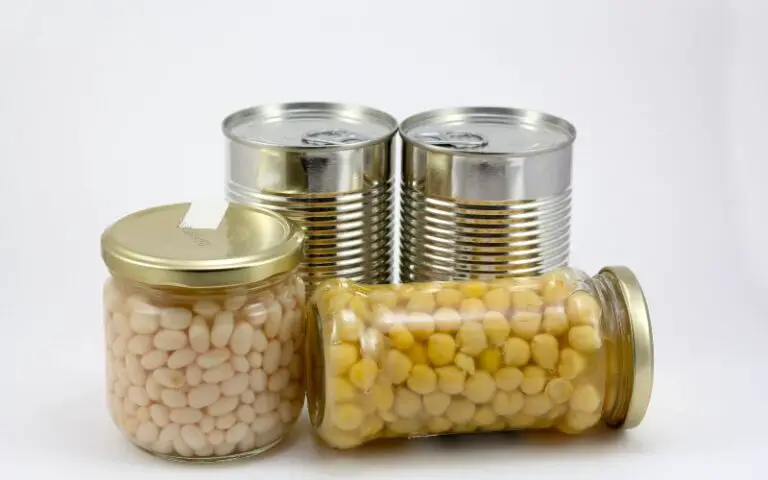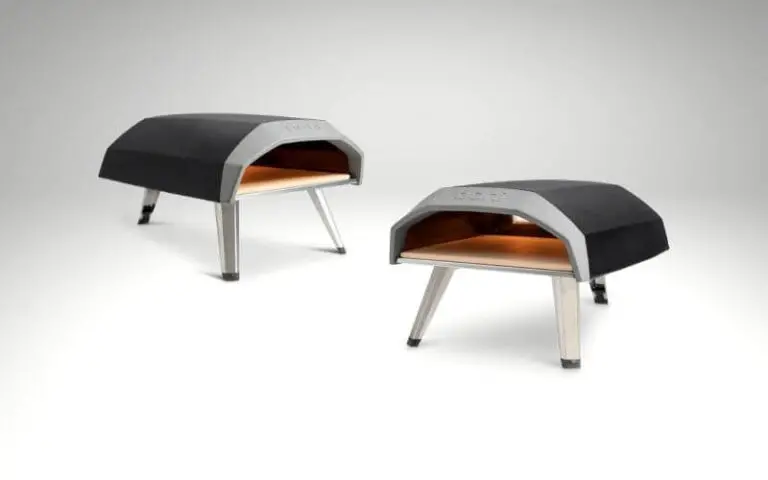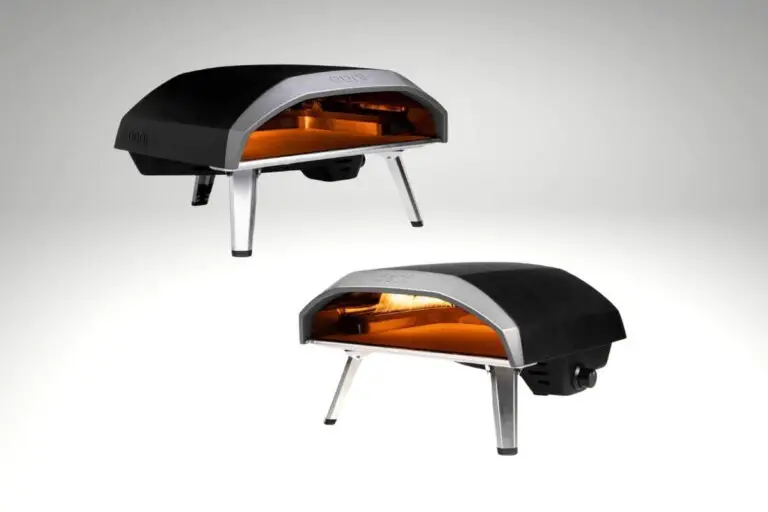What happens When You Microwave An Orange? (Let’s See)
Last updated on October 26th, 2022 at 05:20 pm
Getting the peels off your oranges can sometimes be a bit of work, especially during zero-energy days. So, you seek ways to do this and still smile in comfort doing it.
Hence, raising the curiosity of knowing the fate of the oranges when you try the microwave trick, you found on the internet.
This article will guide you through how to use the microwave to get the peel off your oranges easily.
When you microwave an orange, the heat generated in the microwave penetrates the rind of the orange giving an easier peel-off. This result enables you to eat it directly or extract its juice without getting the peels under your nails. However, this depends on the heat and timing you use in microwaving your oranges.
What Would Happen If You Microwave an Orange?

When you microwave an orange, you’re either trying to steam it or experimenting to see if it explodes.
Either way, the first result is that as the microwave gradually heats up, the orange rind begins to soften.
This effect continues, and if you fail to take it out or prolong the timing, it will eventually burst open.
That result will get the orange juice scattered around the microwave’s inner surface. An orange exploding in a microwave isn’t exciting because it wastes the juice and gives you a cleaning task.
Hence, to prevent this splash, put the oranges in a microwave-safe container before starting to microwave.
Occasionally, you’ll be getting issues around you about whether or not you can microwave an orange alongside other fruits.
Clearing that fact is very easy if you only adhere to the simple rules of microwaving an orange. Moving on, you can microwave any fruit as long as you do it on very low heat.
Can I Microwave an Orange?
Yes, you can microwave an orange only with the right amount of heat, depending on your desired outcome.
If you’re doing it for fun and are only concerned about the kind of explosive sound it makes, then ride on.
However, if you’re planning a cocktail party and need all the possible juice, you can extract, then go easy.
Moving on, it’s amazing that discovering a simple hack such as this can save you so much stress.
Hence, this fact adds to the package of having an easy way to peel off that readily affordable fruit.
However, achieving this trick means paying close attention to certain factors to get those oranges softened without exploding.
#1. Timing and Heat
Do not microwave for a long time and on high heat; your oranges will get too soft and explode. Hence, doing it the right way means you heat it for nothing more than 20 secs.
This process would get you all the juice in those oranges ready for a cocktail mix.
#2. Method
Wash and neatly wipe your oranges with a paper towel before putting them in the microwave. Use a microwave-safe container whether heating the oranges or slicing them in halves.
This process would keep them in the proper position, but when this isn’t feasible, you can use the microwave tray.
Does Microwaving an Orange Make It Easier to Peel?
Microwaving your oranges is the easiest path to take when getting those peels off the fruit.
This fact is particularly interesting because you’ll get to eat your oranges in the company of others without the embarrassment.
Imagine when trying to peel an orange, you get parts of the peels and the juice all over your hands.
Also, try not to overheat in the bid to quickly get the peels off because it would make the orange break down.
However, not only does it break down, but it would also waste all its content around the microwave.
Hence, here are a few simple steps to microwaving your oranges for an easy peel.
- Use about 20 or at most 30 secs to microwave your orange in a safe container.
- Take it out after the time lapses and allow it to cool off. Make sure you do this step, so you don’t burn your hands.
- Notice that you can now peel the oranges with ease.
- Enjoy the oranges directly or squeeze out the juice.
If doing this isn’t fancy enough for you, you can try out the hot shower heating. This alternative method does the same magic as the microwave.
However, a final alternative is to get easily-peelable fruits such as the tangerine or the satsumas.
Does an Orange Explode in a Microwave?
An orange explodes in a microwave, but this scenario happens when you put it on high heat. So, if you have a microwave that you can’t regulate properly, I’d suggest you ignore this trick.
However, if you’re curious about the event surrounding an exploded orange, you can take on higher heat.
Even so, the sound an exploded orange makes isn’t such a big deal as when you open up a grenade. It’s so faint that you’d not hear anything other than a pop if you’re close enough.
This sound most often resembles the sound you’d hear when you drop something like a coin in a water bowl.
This faint effect is because as the heat penetrates the orange, the rind becomes super soft, releasing fluid through its pores.
By doing that, the pressure inside the orange reduces and subsequently lets out the remaining fluid through the weakest point on the body.
However, this is different from the sound you’ll hear when microwaving a tightly-shelled fruit or food such as an egg.
It explodes when microwaving a shelled egg because it has no means of letting out some of its content.
This explosion results from the build-up of pressure inside the egg, and it’s usually very loud.
Can Fruits Be Heated in the Microwave?
It’s not that you can’t put fruits in the microwave, but that some fruits can melt with too much heat.
So, fruits such as grapes, apples, and peaches have tight covers that give them no room to free up the pressure.
Hence, these fruits would explode in the microwave if you exceed the minimum heat they can bear.
Therefore, if you have frozen fruits and need them off the ice, here’s what to do. Rather than waiting a long time to defrost the air, a little heat in the microwave won’t be bad.
So, the right time would be to start heating from five to ten seconds.
Furthermore, heating for less than ten seconds allows the fruits, say grapes, to defrost without getting molten.
So, you can follow these steps when microwaving grapes, an apple, or even peaches.
- Set the microwave to a defrost if you have frozen fruits. Then, could you put them in microwave-safe plastics?
- Set your timer for five seconds to get heated a little.
- Take it out and allow it to cool, then put it back in if you want it to soften further.
Doing this would allow the fruits to gradually loosen up while building pressure inside them. However, you’d have to be careful when attempting to eat them while they’re still hot.
Doing this might burn your mouth, and even attempting to cut them open might also be risky.
That is because if you don’t allow your fruits to cool down, the pressure inside will still be looking for a way out.
So, cutting them open with a knife will burst the fruits and have the juice all over your face and clothing.
Conclusion
Whatever happens to your orange while in the microwave could be good or bad, depending on your timing. Hence, a longer timing adds excess heat to the orange, with the risk of an explosion.
At the same time, regulated heating will soften your oranges just the right way, ready for a peel.






